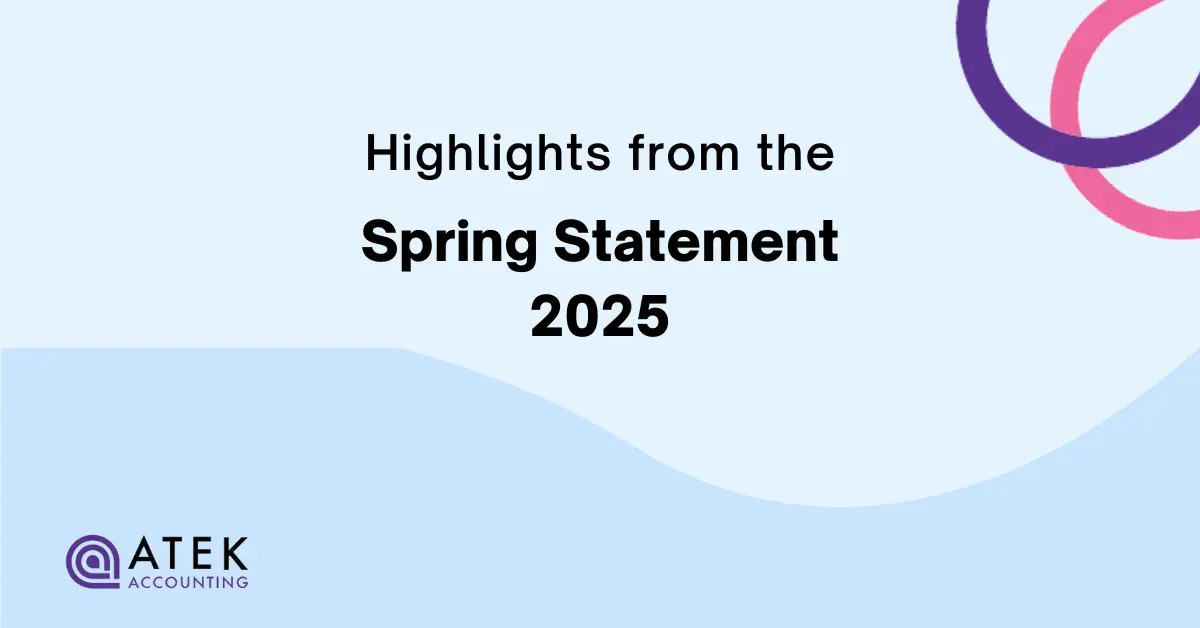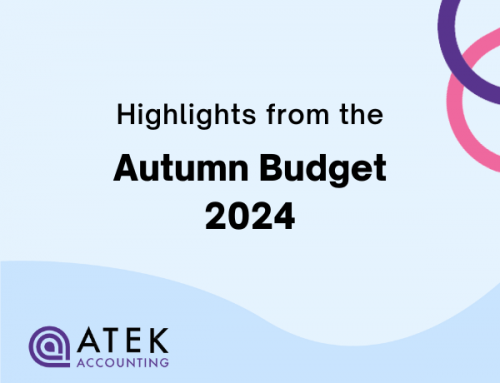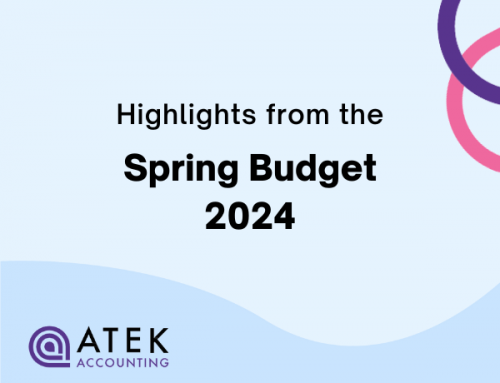
What Was Announced in the Spring Statement 2025?
Chancellor of the Exchequer Rachel Reeves delivered the Spring Statement on Wednesday, 26 March 2025, focusing on economic stability and reaffirming her commitment to a single major fiscal event each year.
She stated, “To provide security for working people and to deliver a decade of national renewal, we must make long-term decisions for enduring economic stability.”
While there were no unexpected tax changes, key shifts in government spending and policy will have a major impact on businesses, individuals, and the wider economy.
From defence investments to welfare reforms and tax policy updates, here’s what you need to know.
Key Points from the Spring Statement 2025
The UK’s Spring Statement introduced several significant spending adjustments aimed at addressing the nation’s economic challenges. Key measures include:
-
Welfare reforms aimed at cutting costs, with stricter rules for some benefits.
-
10,000 civil service job cuts to reduce spending and put more money into frontline services.
-
More money for defence, with spending set to rise to 2.5% of GDP by 2027, partly funded by cuts to overseas aid.
-
Making Tax Digital (MTD) updates, though no big changes were announced.
-
Tax bands staying frozen, but changes to National Insurance will have an impact on businesses and workers.
You can find the official 2025 GOV.UK Spring Statement here.
Want to know more about how these changes might affect you or your business? Keep reading for a detailed breakdown.








